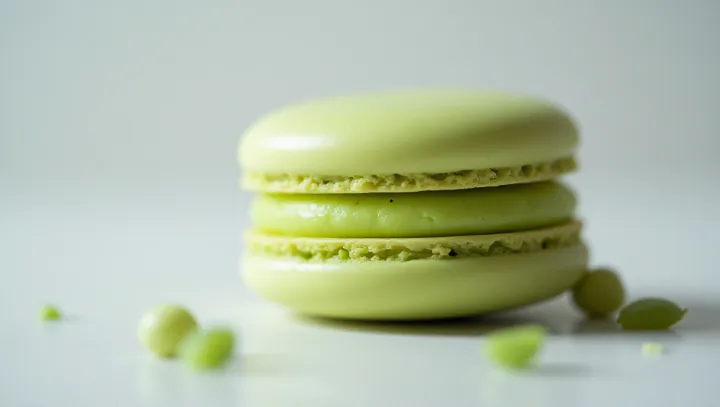Mastering the Art of Macarons

Paris, renowned for its culinary delicacies, serves as the backdrop for a growing fascination with macarons. These delicate confections, lauded for their crispy shells and luscious fillings, present a formidable challenge to even experienced bakers. Five essential techniques can demystify the process, empowering home bakers to achieve patisserie-level quality.
The first step is mastering the meringue. As Theresa Nguyen, a celebrated pastry chef in Paris, emphasizes, the consistency of the beaten egg whites is crucial. 'Stiff peaks are non-negotiable,' she declares.
An art pre-requisite for flawless macarons involves understanding this fundamental technique. Next, it’s all about precision in folding. The act of folding the almond flour mixture into the meringue requires a light touch—too much aggression results in deflated batter.
The texture should resemble 'molten lava', as Nguyen describes. Precision, therefore, emerges as the cornerstone of success. Equally significant is letting the piped macarons 'rest' before baking.
This drying phase is indispensable in developing the iconic macaron 'feet', and it is crucial in achieving that perfect balance between crisp exterior and chewy interior. As the global palate expands, traditional pastries like Chinese osmanthus and pea cakes provide exotic inspiration. These ancient confections emphasize subtle flavors and aromatic ingredients, elements which modern macaron enthusiasts can incorporate to enhance taste profiles.
Ultimately, the art of making macarons is not only about technique but also creativity. By exploring diverse flavor combinations and drawing from traditional influences, bakers can craft macarons that are not only visually stunning but exceptionally palatable. The journey of mastering macarons melds time-honored skills with innovative flavor explorations.
